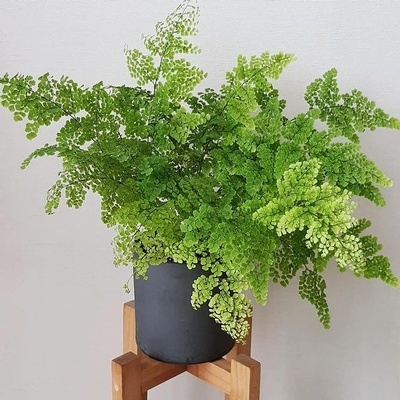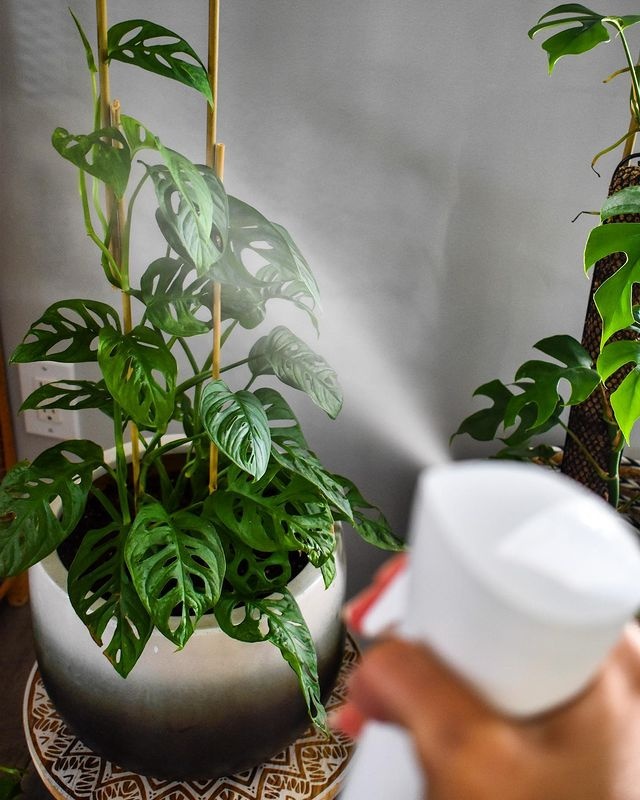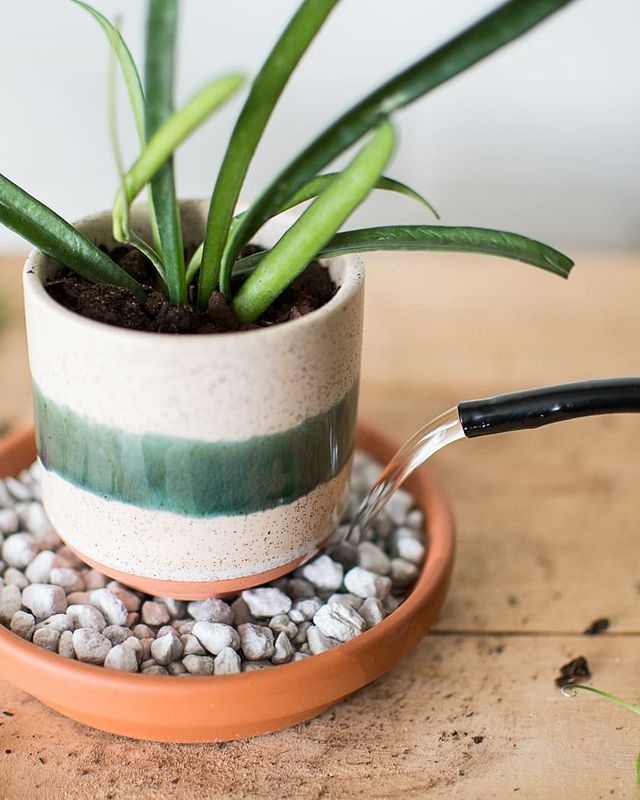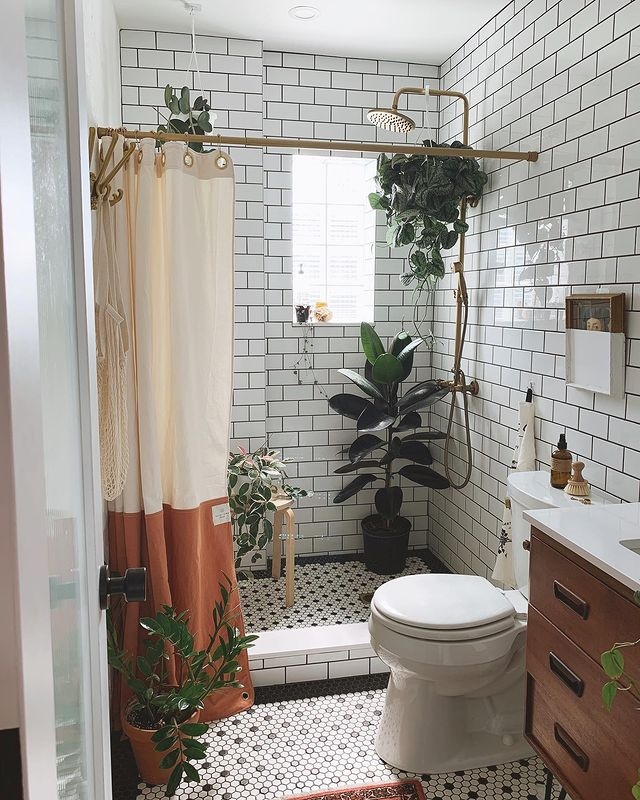Advanced Plant Care: Demystifying Humidity-Loving Plants
 Image by @oliva.houseplants
Image by @oliva.houseplants
Crispy Snacks? Yes please! Crispy leaves? Uh oh... If your house plants are starting to look more like kale chips than fresh salad, this one is for you.
As cooler temperatures arrive many of us are turning on the heat to keep cozy and comfortable. Unfortunately, heating systems have the potential to really dry out our homes which can often lead to crispy leaves on plants. Using a hygrometer or humidity-reader will let you know what humidity percentage your room has. Most people feel comfortable between 40% and 60%.
Here are a few tips to get the humidity back up.
Misting
This is the easiest way to add some humidity to your plants. Spritz them with water early in the morning and/or before bed. A perfect task for kids to get them involved and foster a love of house plants. There are some people who say that misting is a temporary fix, but if it is done regularly it can certainly help.

Image by @soil.andsun
Make a pebble tray
Find a shallow dish or saucer and fill it with gravel or pebbles. Place your plant on top of the gravel. Fill the dish with enough water so that the gravel is covered in water, but that the plant pot is above the water level. The water will evaporate and raise the humidity in the immediate vicinity of your plant.

Image by @studio.foliage
Get a humidifier
Humidifiers are the best way to control humidity in your home or office. They can range greatly in price from small USB mini-humidifiers all the way up to highly technical models. Some even have settings that can be set to a timer or turn on or off once a certain humidity level is reached. If you are investing in a larger unit, we suggest reading product reviews. Consider getting one that can refill from the top so you won't have to lift a heavy water tank each time you add more water.
Move plants to your washroom or kitchen
These rooms typically have a higher humidity level from showers, sinks, dishwashers, kettles, and coffee machines. Just remember to move plants into a location that still meets their specific lighting conditions.

Image by @thishouse5000
Cloche or greenhouse
A glass cloche or mini-greenhouse can keep humidity at a constant level for your plants. It also means that you can keep a specific area at a higher humidity level but not have to worry about the rest of the room. Propagated cuttings tend to root faster at higher temperatures. And many fussier plants will survive at 50% humidity, but bump it up to 75% or more and watch them thrive and push out leaves really quickly. Just remember to allow some airflow to prevent mold or mildew from growing. Leaving the lid or door open or adding a small fan will take care of that.
Group your plants together
As plants transpire, they create a little area of increased humidity. By placing your plants closer together, this natural process can benefit the plants around them. Be aware that pests can migrate easily from plant to plant when grouped closely.
Get an aquarium or decorative fountain
Rooms that have aquariums or decorative fountains in them have higher humidity levels. As an added bonus, water from a freshwater fish tank is great to water your plants as it is filled with fish poop.
Note: not all plants want humidity. Cacti, succulents, snake plants, and ZZ plants do not need humidity and increased humidity could actually harm them.
So though these increased humidity levels may have you looking like Mufasa, your leaves will be *chef's kiss*

 Image by @oliva.houseplants
Image by @oliva.houseplants

